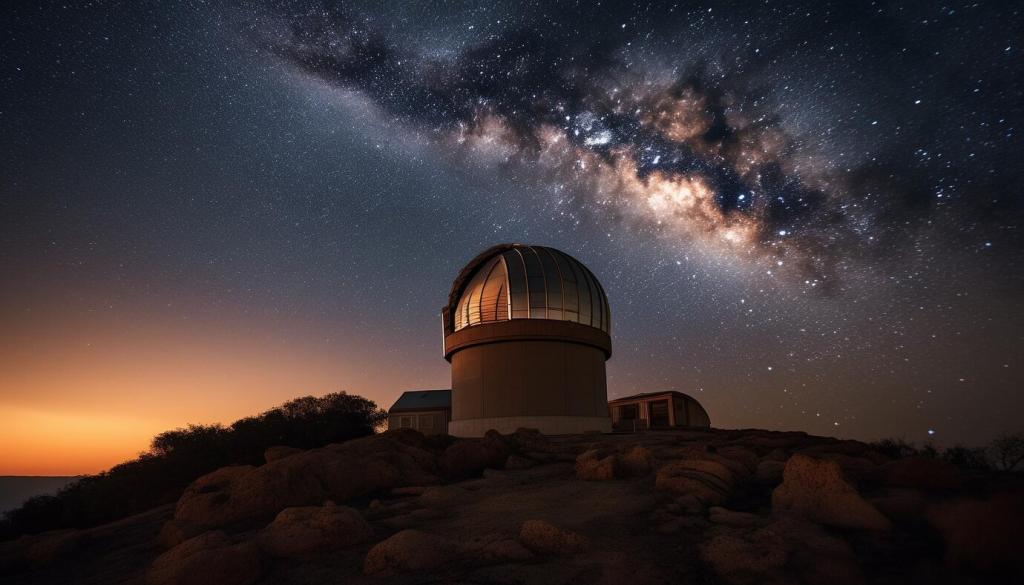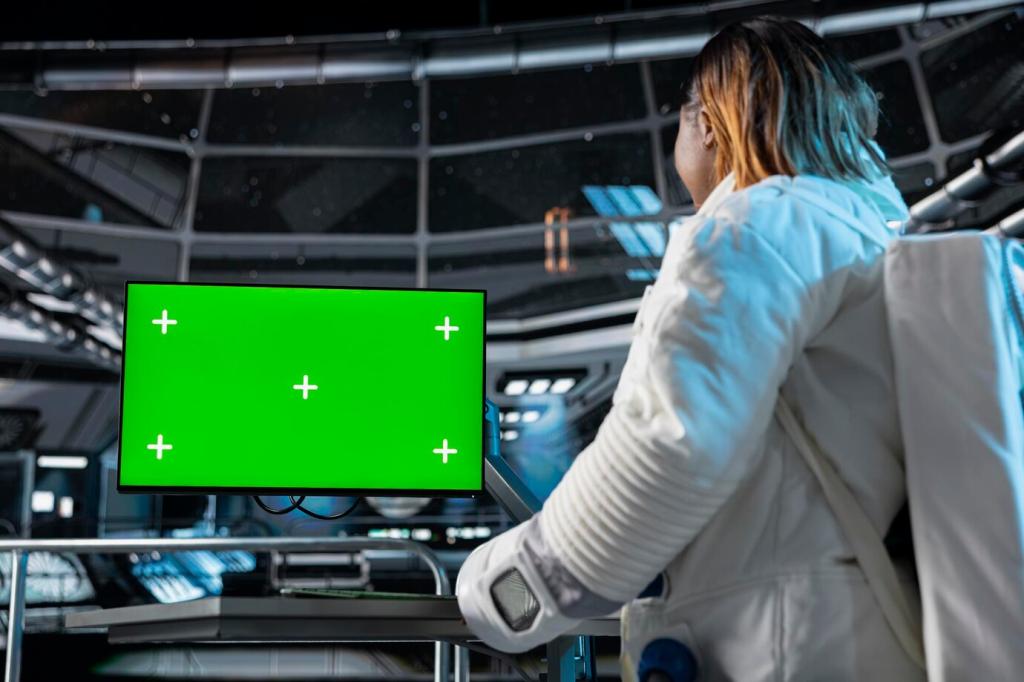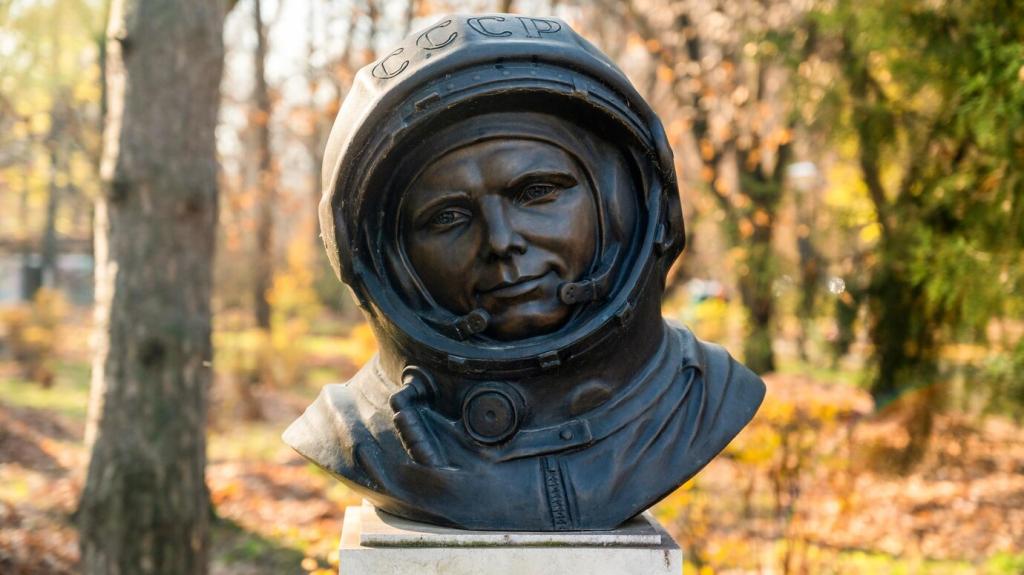Small Worlds in the Habitable Zone
This nearby super-Earth remains a tantalizing candidate. Early observations suggest it may retain an atmosphere, though the details are still emerging. Cooler star, longer year, quieter weather—each factor helps. Want us to track every new LHS 1140 b paper and summarize it monthly? Subscribe for research roundups.
Small Worlds in the Habitable Zone
TESS found TOI-700 d and e orbiting within the star’s temperate zone, offering rare opportunities to study small, cooler planets. Follow-up observations will refine densities and surface conditions. Which target should get top billing in our next deep-dive? Cast your vote and shape our editorial plan.
Small Worlds in the Habitable Zone
Proxima Centauri b, detected via stellar wobbles, anchors our hopes for nearby characterization. While flares complicate habitability prospects, its proximity enables exquisite measurements. As new instruments come online, we’ll be poised to learn more. Share your questions for an upcoming Q&A on nearby worlds.
Small Worlds in the Habitable Zone
Lorem ipsum dolor sit amet, consectetur adipiscing elit. Ut elit tellus, luctus nec ullamcorper mattis, pulvinar dapibus leo.








